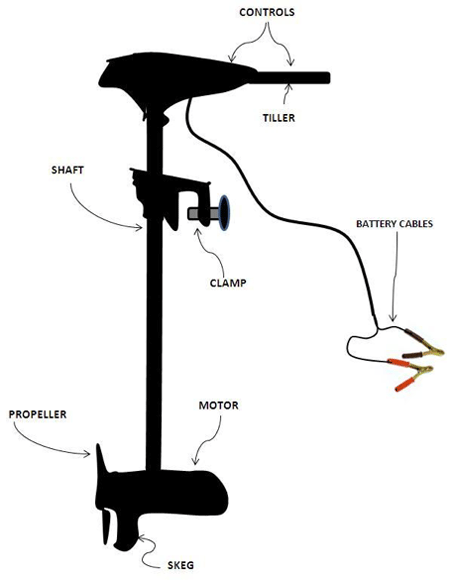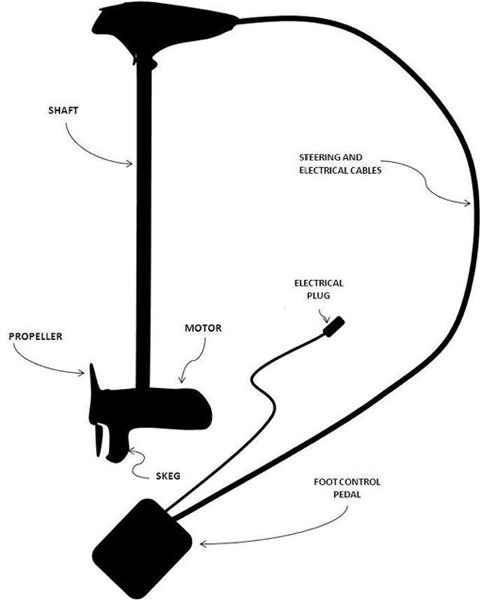‘What’s a Tiller Anyway?’ Your Trolling Motor 101
‘What the hell is a tiller anyway?’ Overhearing that from someone that’s never been fishing before, well, it was obvious that a ‘trolling motors 101 for dummies’ kind of article was needed.
The first thing you need to know is – sound carries on the water. Don’t be surprised if some chuckles arise when you ask a question like that. No, it doesn’t mean you’ve asked a stupid question, it just takes all the experienced anglers back to a simpler time.
So for all the newbies out there just getting into the sport we thought we’d help you out with some basic terminology. We’ll explain what all the bits of a trolling motor are called, what they do and why they’re important. It’s a quick 5 minute guide of everything you need to know so you aren’t surrounded by chuckles from nearby boats when you’re out on the water next time.
What is a trolling motor?
The quick answer is – ‘it’s a nifty little electric motor that runs very quietly allowing you to sneak up and get into shallower water closer to all the best places fish like to hide’. Which means you stand a greater chance of hooking that big Barra and the bragging rights that go along with it.
We have a buyer’s guide on how to choose the best trolling motor for your boat which you can access HERE (insert). It explains things like how much thrust you’ll need depending on the size of your boat, how many batteries, their sizes and much more. But for now, this is just to explain what a trolling motor is, what all of its parts are called and why you’d want one.
Mount:
This is the how it is attached to your boat. There are 3 main types of mount.
- Bow mount attached to the front of your boat with a bolt on bracket.
- Transom mount attached to the back of your boat (transom) with a clamp bracket.
- Engine mount attached to your outboard.
Motor:
The part that goes under the water and propels the boat. It’sat the bottom with the propeller blades attached to the back of it. Always have it a good 12’ under the water so it doesn’t overheat.
Shaft:
The longest part running the controls from the top down to the motor at the bottom. Each trolling motor model usually comes in between 2-4 shaft lengths to suit different boats. Longer is better than short to make sure the motor stays submerged.

Control:
There are hand-controlled and foot-controlled trolling motors.
- Bow mounted are foot-controlled with a cable running back to you and they do not have a reverse, solution – spin your bow mount 180º and problem solved.
- Transom mounted trolling motors are hand controlled and do have a reverse gear.
Tiller:
The tiller is the long handle part of the hand-operated controller. It turns for speed as well as pivots for direction just like your outboard making it easy to use.
Battery:
The powerpack that gives the motor power. Battery size will depend on thrust needed to get your boat going. The bigger the boat, the more thrust needed which in turn means the more battery power needed. The 3 most popular battery sizes are 12v, 24v and 36v.
Prop (short for propeller):
This is found at the back of your motor. These are the blades that spin and propel the boat through the water.
Foot pedal:
The pedal used to control your trolling motor. You set your speed and pressing down with either the ball of your foot or your heel with change the direction allowing your hands to be free for fishing.
Skeg:
Like the fin under a surf board, the skeg is found right on the bottom of your motor. It’s the little rudder that slices through the water steering the boat. It’s the part that protects the propeller because it will get hit first so you don’t lose propulsion if there happens to be an underwater log or something making it very important.



